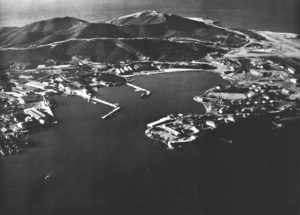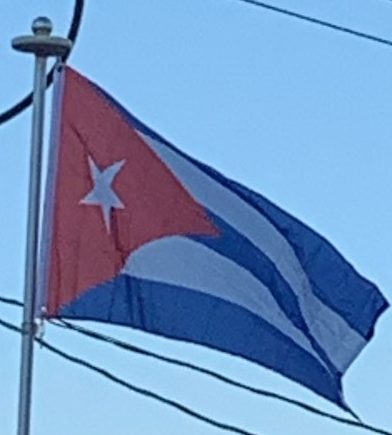Around 200,000 Spanish troops outnumbered the much smaller rebel army, which relied mostly on guerrilla and sabotage tactics. The Spaniards began a campaign of suppression. General Valeriano Weyler, military governor of Cuba, herded the rural population into what he called reconcentrados, described by international observers as “fortified towns”. These are often considered the prototype for 20th-century concentration camps. Between 200,000 and 400,000 Cuban civilians died from starvation and disease in the camps, numbers verified by the Red Cross and United States Senator Redfield Proctor, a former Secretary of War. American and European protests against Spanish conduct on the island followed.
The U.S. battleship Maine was sent to protect U.S. interests, but soon after arrival, it exploded in Havana harbor and sank quickly, killing nearly three quarters of the crew. The cause and responsibility for the sinking of the ship remained unclear after a board of inquiry. Popular opinion in the U.S., fueled by an active press, concluded that the Spanish were to blame and demanded action. Spain and the United States declared war on each other in late April 1898.
Over the previous decades, five U.S. presidents—Polk, Pierce, Buchanan, Grant, and McKinley—had tried to buy the island of Cuba from Spain.
Republic (1902–1959):
First Years (1902-1925):
After the Spanish–American War, Spain and the United States signed the Treaty of Paris (1898), by which Spain ceded Puerto Rico, the Philippines, and Guam to the United States for the sum of US$20 million and Cuba became a protectorate of the United States. Cuba gained formal independence from the U.S. on 20 May 1902, as the Republic of Cuba. Under Cuba’s new constitution, the U.S. retained the right to intervene in Cuban affairs and to supervise its finances and foreign relations. Under the Platt Amendment, the U.S. leased the Guantánamo Bay Naval Base from Cuba.

Following disputed elections in 1906, the first president, Tomás Estrada Palma, faced an armed revolt by independence war veterans who defeated the meager government forces. The U.S. intervened by occupying Cuba and named Charles Edward Magoon as Governor for three years. Cuban historians have characterized Magoon’s governorship as having introduced political and social corruption. In 1908, self-government was restored when José Miguel Gómez was elected President, but the U.S. continued intervening in Cuban affairs. In 1912, the Partido Independiente de Color attempted to establish a separate black republic in Oriente Province, but was suppressed by General Monteagudo with considerable bloodshed.
In 1924, Gerardo Machado was elected president. During his administration, tourism increased markedly, and American-owned hotels and restaurants were built to accommodate the influx of tourists. The tourist boom led to increases in gambling and prostitution in Cuba. The Wall Street Crash of 1929 led to a collapse in the price of sugar, political unrest, and repression. Protesting students, known as the Generation of 1930, turned to violence in opposition to the increasingly unpopular Machado. A general strike (in which the Communist Party sided with Machado), uprisings among sugar workers, and an army revolt forced Machado into exile in August 1933. He was replaced by Carlos Manuel de Céspedes y Quesada.
